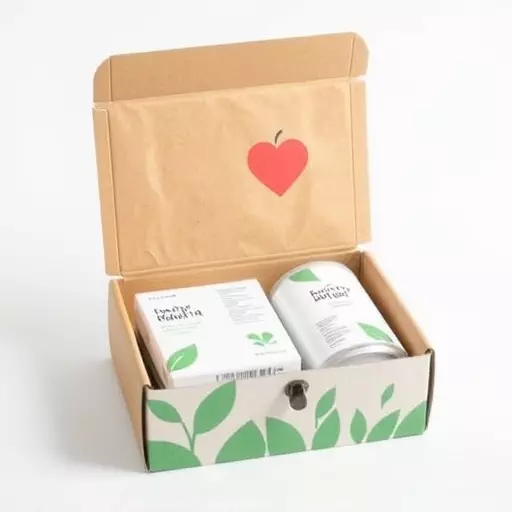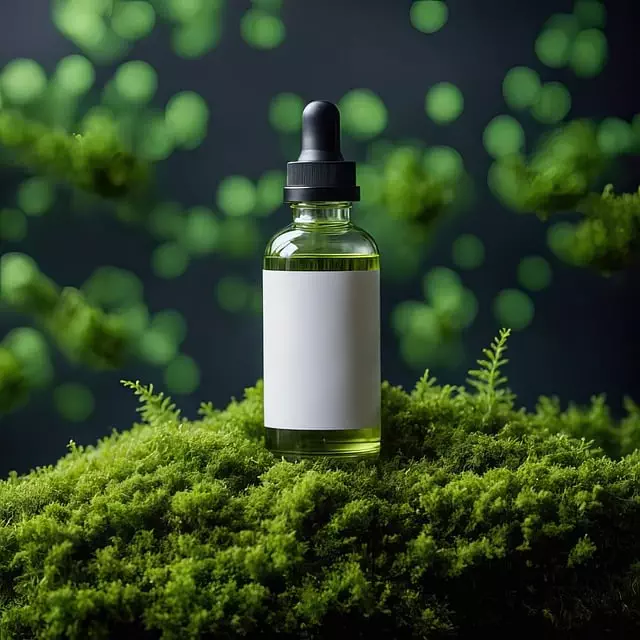Medical packaging has evolved to prioritize safety and sustainability, with custom medical packaging and sustainable medical packaging gaining prominence. These innovations cater to diverse clinical needs while minimizing environmental impact. Using eco-friendly materials like biodegradable plastics and high-quality paper, these solutions maintain product sterility and quality. Customization enhances protection and user experience, addressing specialized requirements for temperature control and precise dosage delivery. The industry's focus on sustainability aligns with global efforts, balancing patient safety and environmental stewardship in today's competitive medical landscape.
Sterile medical packaging plays a critical role in ensuring patient safety by maintaining the integrity of medicinal products. As the demand for effective and efficient medical packaging solutions grows, so does the emphasis on sustainability and customization. This article explores these key aspects, delving into the materials used, industry innovations, market trends, and the future of advanced medical packaging. Discover how sustainable practices are reshaping medical packaging while catering to diverse needs through custom solutions.
- Understanding Sterile Medical Packaging: Essential for Patient Safety
- The Role of Sustainable Practices in Modern Medical Packaging Solutions
- Customization: Tailoring Medical Packaging to Meet Specific Needs
- Materials Used in Sterile Medical Packaging and Their Advantages
- Challenges and Innovations in the Industry: Enhancing Protection and Reducing Environmental Impact
- Market Trends and Future Outlook for Advanced Medical Packaging
Understanding Sterile Medical Packaging: Essential for Patient Safety

Understanding Sterile Medical Packaging: Essential for Patient Safety
In the healthcare industry, sterile medical packaging plays a pivotal role in ensuring patient safety and maintaining the integrity of medical devices. It is more than just a protective covering; it’s a critical component that safeguards against contamination, ensuring that medical equipment remains pristine from manufacturing to delivery. With proper packaging, healthcare providers can be confident that instruments, drugs, and supplies are free from any adverse substances or microorganisms, thereby reducing the risk of infections for patients.
Medical packaging solutions come in various forms, catering to different needs. Sustainable medical packaging, made from eco-friendly materials, is gaining traction due to its positive environmental impact without compromising sterility. Custom medical packaging allows manufacturers to create specialized containers tailored to specific products, enhancing protection and convenience during distribution and use. This level of customization not only facilitates efficient inventory management but also contributes to the overall patient care experience by ensuring the quality and efficacy of medical devices.
The Role of Sustainable Practices in Modern Medical Packaging Solutions

In today’s world, sustainable practices play a pivotal role in shaping the future of medical packaging solutions. With an increasing emphasis on environmental stewardship, many manufacturers are adopting eco-friendly materials and production methods to create custom medical packaging that reduces waste and minimizes the industry’s carbon footprint. This shift towards sustainability is not only beneficial for the planet but also aligns with consumer preferences for greener products.
By leveraging innovative technologies and design strategies, sustainable medical packaging offers a compelling alternative to traditional options. It incorporates biodegradable materials, recyclable containers, and minimalistic aesthetics to enhance functionality without compromising sterility. These practices not only contribute to a circular economy but also ensure that medical packaging solutions remain effective while reducing their environmental impact, catering to the growing demand for responsible healthcare product delivery.
Customization: Tailoring Medical Packaging to Meet Specific Needs

In today’s competitive medical industry, customization plays a pivotal role in ensuring effective and safe patient care. Custom medical packaging solutions allow manufacturers to tailor their products to meet specific clinical needs, enhancing both functionality and user experience. By understanding unique requirements, from specialized temperature control to precise dosage delivery, businesses can create innovative packaging designs that stand out in the market. This approach not only improves product quality but also contributes to better patient outcomes.
Sustainable medical packaging is another critical aspect where customization comes into play. Customization enables manufacturers to incorporate eco-friendly materials and designs without compromising functionality. Whether it’s biodegradable polymers or recyclable containers, tailored solutions can help reduce environmental impact while meeting stringent regulatory standards. This not only aligns with growing consumer preferences for sustainable products but also contributes to a greener healthcare ecosystem.
Materials Used in Sterile Medical Packaging and Their Advantages

In the realm of sterile medical packaging, the choice of materials is paramount for ensuring product efficacy and patient safety. Modern medical packaging solutions increasingly favor innovative, sustainable options that offer both superior protection and environmental friendliness. Materials such as high-quality paper, biodegradable plastics, and sterile fabrics are gaining traction due to their ability to maintain sterility while reducing environmental impact. These alternatives to traditional plastic packaging not only cater to the growing demand for eco-conscious medical products but also comply with regulatory standards, ensuring safe transportation of pharmaceuticals, medical devices, and other healthcare essentials.
Custom medical packaging plays a crucial role in this evolution, allowing manufacturers to tailor materials and designs to specific product needs. By utilizing sustainable materials and implementing advanced sterilization techniques, custom packaging ensures that medical supplies remain pristine during storage and distribution. This approach not only enhances patient safety but also contributes to a greener healthcare industry, aligning with global efforts to develop more sustainable medical packaging solutions.
Challenges and Innovations in the Industry: Enhancing Protection and Reducing Environmental Impact

The medical packaging industry faces several challenges in its mission to provide optimal protection for pharmaceuticals and medical devices while minimizing environmental impact. One primary concern is the constant need for enhanced sterility and barrier protection, especially with the increasing demand for on-demand medication and at-home healthcare solutions. This requires innovative materials and designs that can maintain integrity throughout the supply chain.
Innovations in sustainable medical packaging are rising to meet these demands. Customized packaging solutions made from biodegradable or recyclable materials offer a promising path forward. These advancements not only reduce waste but also provide enhanced protection, leveraging technology like advanced coating and lamination techniques. This duality of improved functionality and ecological responsibility is transforming the industry, driving a trend towards greener medical packaging options that cater to both patient needs and environmental stewardship.
Market Trends and Future Outlook for Advanced Medical Packaging

The market for medical packaging is undergoing a significant transformation, driven by the demand for safer and more efficient delivery systems for pharmaceuticals and healthcare products. The global trend leans heavily towards sterile medical packaging solutions that offer enhanced protection and preservation of medicines, ensuring their effectiveness and safety throughout distribution and storage. This shift is particularly evident in regions with stringent healthcare regulations and a growing elderly population, which requires more specialized and tailored medical packaging.
Looking ahead, the future of advanced medical packaging appears promising, with a strong focus on sustainability and customization. The industry is exploring eco-friendly materials and innovative designs to reduce environmental impact without compromising quality. Sustainable medical packaging not only aligns with global environmental goals but also offers cost-effective benefits in the long run. Furthermore, custom medical packaging is gaining traction, allowing pharmaceutical companies to create unique packaging tailored to specific product requirements, ensuring optimal protection and patient convenience. These trends collectively point towards a more advanced, efficient, and environmentally conscious medical packaging landscape.


